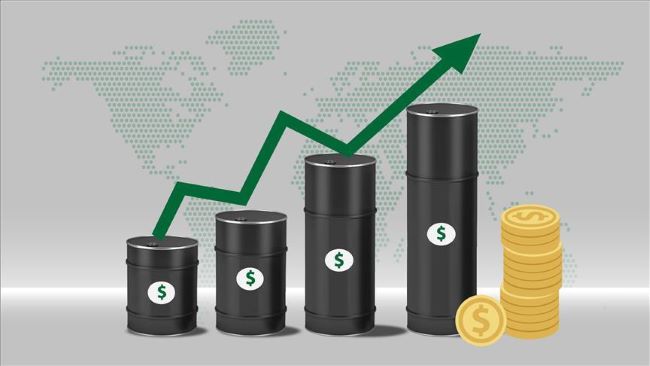Due to market reactions to failed cease-fire attempts in Gaza and uncertainty about the date of the US Federal Reserve’s (Fed) interest rate announcement, oil prices increased early on Monday. Moreover, Saudi Arabia decided to raise the price at which crude oil is sold.
The closing price of the previous trading session, which was $82.96 per barrel, was increased by 0.72% to $83.56 per barrel for international benchmark Brent crude.
At the same moment, the U.S. benchmark West Texas Intermediate (WTI) was trading at $78.72 a barrel, up 0.78% from the previous session’s closing price of $78.11 per barrel.
Fears of the violence spreading throughout the Middle East were stoked by the improbable possibility of a cease-fire in Gaza, which helped oil prices begin the week higher.
The Israeli army issued urgent evacuation orders Monday morning to Palestinian residents and displaced individuals in several areas of eastern Rafah to immediately relocate to the town of al-Mawasi.
‘The army will continue working to achieve the objectives of the war, including dismantling Hamas and returning all Israeli hostages,’ army spokesperson Avichay Adraee wrote on X.
The escalating tensions in the region, where the majority of global oil reserves are located, fueled supply concerns, lending upward support to oil prices.
Saudi Arabia, the world’s largest oil exporter, raised the official selling price of crude oil for June for Asia, Northwest Europe and the Mediterranean regions. This move boosted expectations of strong market demand over the summer period, putting upward pressure on oil prices.
Meanwhile, uncertainties over when the Fed will start interest rate cuts continue to influence oil prices. Financial market pricing is starting to reflect predictions that the Fed will decrease interest rates this year, with September being the most likely month to do so.













